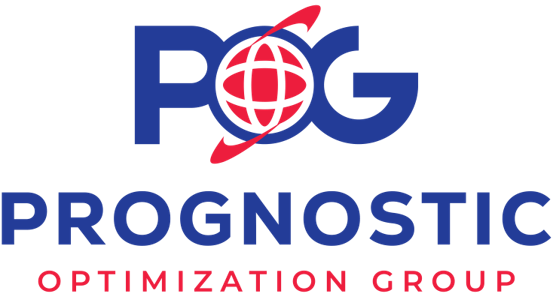ScienceSoft’s Approach to User Convenience in Healthcare Software
We design user interfaces that simplify the daily workflows of healthcare workers and enhance patient engagement. Our approach to UX rests on four principles:
- - We always mind clinical workflows and accessibility.
- - We never sacrifice usability.
- - We test real use scenarios.
- - We create healthcare software compliant by design.
UX Pitfalls ScienceSoft Avoids
In healthcare environments, where software usability can directly impact treatment quality and patient safety, ScienceSoft avoids two common UX pitfalls:
Neglecting the importance of UX
Some healthcare software vendors undervalue the UX activities. As a result, they may overlook critical steps such as field testing or role-specific interface validation. In healthcare, this can lead to treatment delays, and even medical errors. For example, if a medication input field allows users to choose dosage units without defaults or clear labels, a nurse may accidentally select “mg” instead of “mcg,” leading to a 1,000x overdose.
Using UX methods without proper focus
Using standard UX methods, however numerous, without strategic focus may lead to reduced software effectiveness. For example, spending weeks to implement animated pop-up alerts for drug interactions in a hospital medication management app can be counterproductive. The animations can delay the alert display, slowing down the work of clinicians. Flashy visuals can also feel intrusive, increasing notification fatigue. This may contribute to users beginning to ignore or dismiss even high-priority warnings, undermining patient safety. In this case, simple static banners will align better with the fast-paced clinical workflows.
How ScienceSoft Ensures High-Quality UX in Medical Software
ScienceSoft incorporates UX practices throughout the healthcare software development life cycle, starting from the discovery stage. When building software for patients, clinicians, or administrative staff, ScienceSoft applies UX strategies specifically tailored to the unique needs of the healthcare industry. The key practices we follow are described below:
1.
UX planning based on real user roles and usage contexts
ScienceSoft experts:
- Define user roles (e.g., triage nurse, outpatient caregiver, patient service representative) and outline their specific tasks.
- Identify an app type (e.g., EHR, portal, telehealth platform) and usage scenarios to select suitable UX research and design methods.
- Develop user personas and write user stories, such as “As a physician, I want to access a patient’s lab results in two clicks during rounds”, to align functional software requirements with real clinical scenarios.
- Document UX decisions for each screen and workflow, specifying how they help to reach specific clinical or administrative goals. For example, in an eMAR module, placing allergy alerts directly in the medication order interface rather than in a separate tab helps reduce the risk of missed warnings during prescription. Similarly, in a telehealth dashboard, grouping high-frequency appointment management tasks (rescheduling, patient status updates) on the main screen minimizes navigation for care coordinators.
2.
Task-centric design
Instead of simply polishing the visual design aesthetics, we:
- Build user interfaces around core clinical or administrative tasks (e.g., checking vitals, ordering meds, registering patients).
- Label data with standard vocabularies (e.g., LOINC for labs, RxNorm for meds, SNOMED CT for conditions), display ICD-10 and CPT codes when the task requires it.
- Prioritize critical user paths, ensuring that key tasks take just 1–2 steps.
- Keep layouts clean and without distraction, making key information like medication or wander alerts immediately visible and easy to interpret.
3.
Focus on accessibility and error prevention
ScienceSoft UX experts:
- Design for WCAG 2.2 Level AA by default and Americans with Disabilities Act (ADA) to create applications that are accessible to users with disabilities, including those with visual, auditory, motor, or cognitive impairments.
- Follow ISO 9241 principles to design intuitive and efficient interfaces that help reduce the risk of user errors.
4.
Prototyping and validation in realistic conditions
ScienceSoft UX designers:
- Create low-fidelity prototypes early to validate task flows.
- Conduct usability testing with real users in simulated clinical environments.
- Focus testing on usability factors, including navigation ease, complex task support, and accessibility.
- Validate patient-access and data-retrieval flows using FHIR/USCDI where applicable, in line with the 21st Century Cures Act.
- Take into account specific real-world conditions such as rushed use, high levels of noise, poor lighting, gloved interaction, or slow connections. For example, we test how a hospital rounds app performs under unstable Wi-Fi and gloved data entry to detect context-specific issues.





